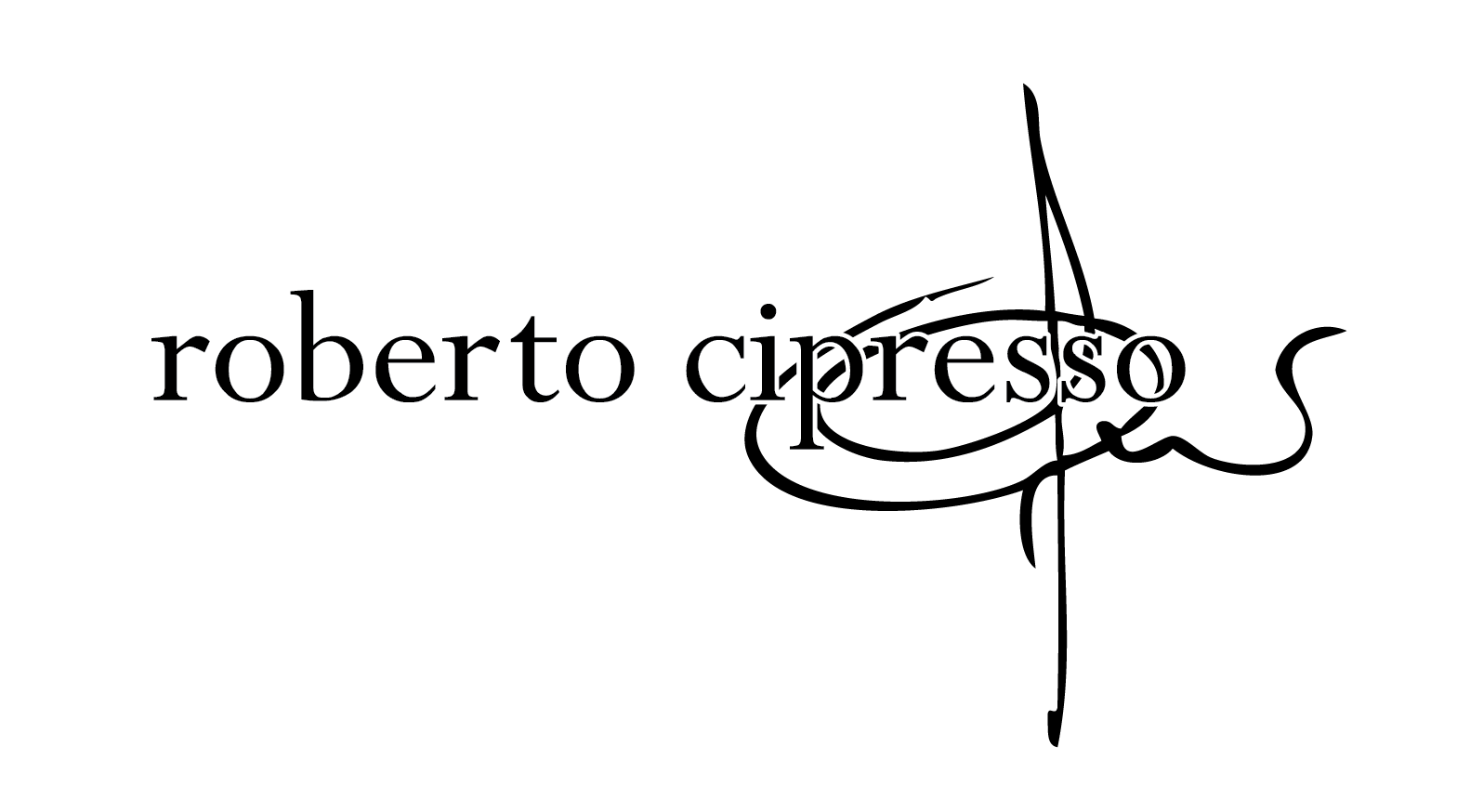![Roberto on wine that excites [Video]](http://robertocipresso.com/cdn/shop/articles/Screenshot_2023-05-12_at_11.02.19_AM.png?v=1683914554&width=1100)
Roberto on wine that excites [Video]
Wines are divided into two main categories.
There are wines of satisfaction, that is, those that precisely reflect the characteristics of the variety they belong to. So, Merlot corresponds to Merlot, Sangiovese to Sangiovese, they give reassurance and satisfaction to a sommelier or enthusiast who recognizes the grape and knows the actor, and shares this knowledge with someone who can also recognize that variety.
And then there is great satisfaction for cooks who manage to find a pairing, evidently repeatable, with that type of grape because it has a character that perfectly matches that food. Sauvignon with asparagus, or shrimps, for example, or Sangiovese with aged cheese.
And this thing gives satisfaction. And satisfaction belongs to the great school of sommelierie, which takes care of the aesthetics of satisfaction, therefore, a word that I have deleted a bit from my vocabulary, but that is important, which is the concept of typicality, that is, how much this variety coincides, adheres, to its actor.
And so far, we all agree. But let's not push further, let's not ask if this grape comes from a hill, a calcareous soil rather than a heroic viticulture, a new or ancient viticulture, if the vines are old or young, it doesn't matter. What matters is that the standard is repeatable and gives reassurance and satisfaction.
But the other type of wine, the one I fell madly in love with, is the wine that manages to excite. The wine that, through a taste, can take you geographically to a place.
It's not important which grape variety is used to make the wine but rather that the grape, the actor, is so dramatic as to bring to the nose and palate a wine that does not reflect the characteristics of the grape, but reflects the character, the identity of the place. I mean, a wine capable of exciting you because, like reading a book, like a dramatic comedy, like a... like a beautiful story, it manages to excite you because it manages to take you to that place.
And we move from a logic of tasting, in this second case, in wines of emotion to a real experience. Well, in this world, we come out of the logic of sommelierie and aesthetics, we come out of the typicality of the variety because the focus here is not on finding the actor, but rather on the actor's ability to cancel itself out.
We enter another category, from where there is no going back. Those who enter the world of wines of emotion are no longer so fascinated by wines of variety, wines of satisfaction. They have now entered a new universe, and from there, alas, there is no getting out.
